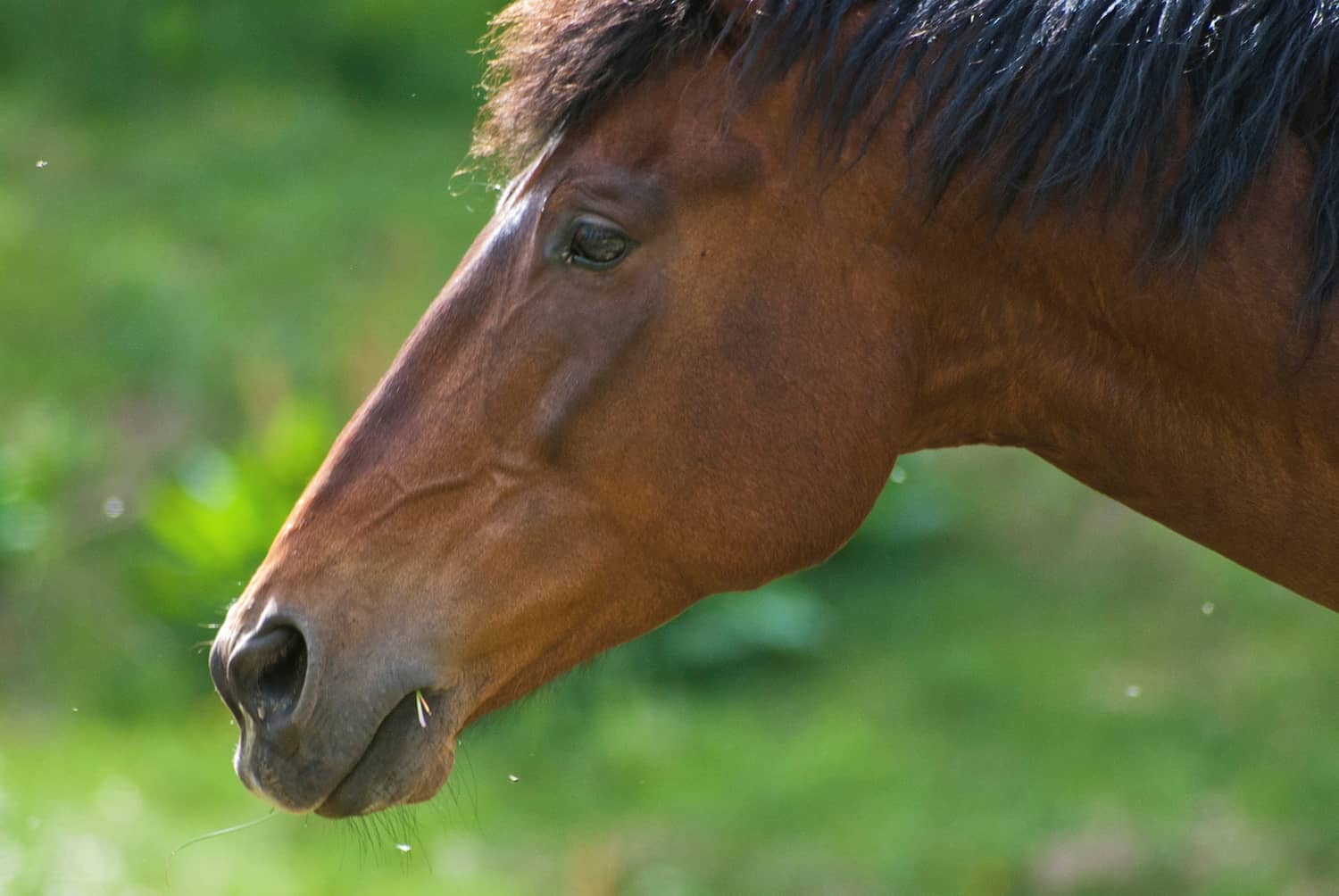Is a Respiratory Virus Behind Equine IAD?

So, researchers recently set out to get a better idea of whether rhinitis virus could, in fact, play a role in IAD development.
“Rhinitis virus and the role it plays in the development of equine disease has taken a backseat to more dramatic viral infections like influenza and rhinopneumonitis, (the latter of which is) caused by equine herpesvirus (EHV)-4 and -1,” explained Melissa Mazan, DVM, Dipl. ACVIM, Large Animal Section Head at Tufts University’s Cummings School Of Veterinary Medicine, in North Grafton, Massachusetts.
These more severe respiratory viruses can keep a horse laid up for weeks with respiratory signs, fever, and muscle aches, Mazan said. Equine rhinitis virus clinical signs, on the other hand, are less severe and more similar to the common cold in humans
Create a free account with TheHorse.com to view this content.
TheHorse.com is home to thousands of free articles about horse health care. In order to access some of our exclusive free content, you must be signed into TheHorse.com.
Start your free account today!
Already have an account?
and continue reading.
Written by:
Katie Navarra
Related Articles
Stay on top of the most recent Horse Health news with












